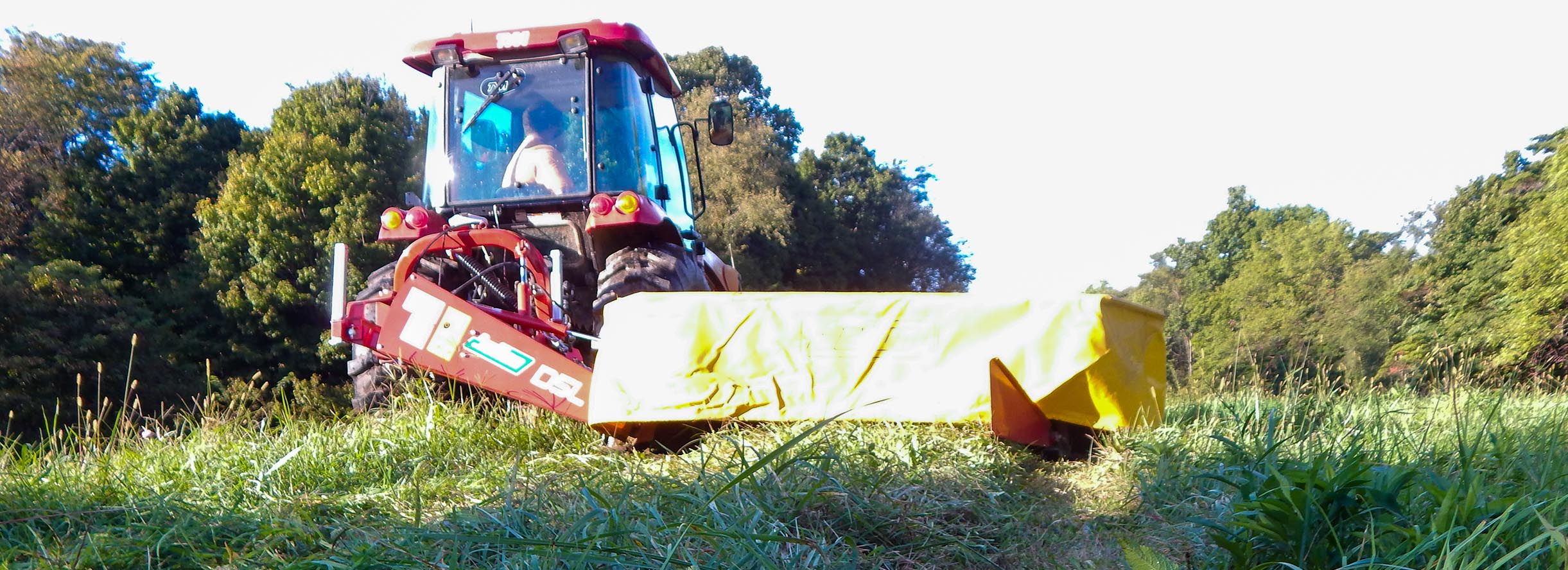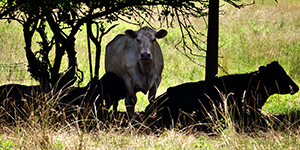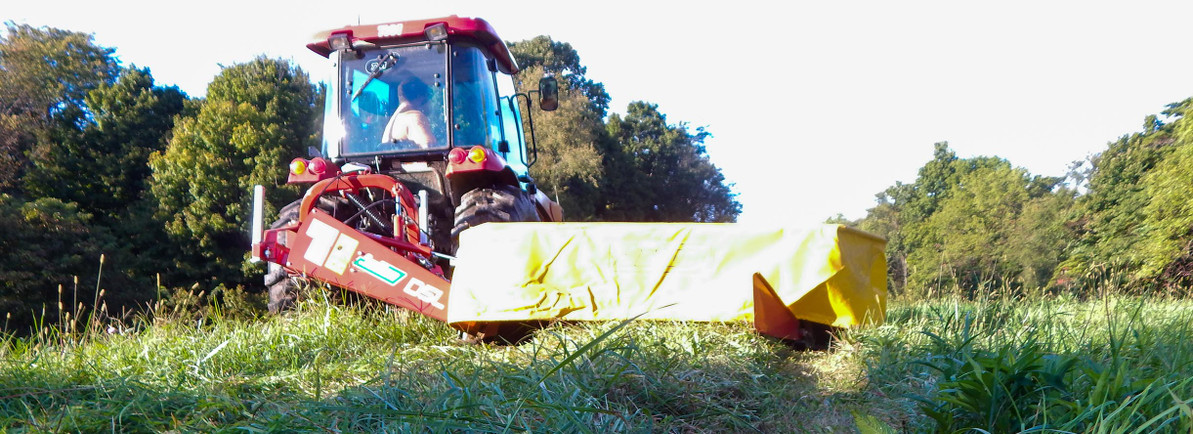Hay Cuttings: Which Ones for Which Species?

There can be much debate about which cutting of hay is best for which species of animal. Unfortunately, there is no way to win that debate. The issue is far too complex.
First off, there is just as much variance within a species for which cutting of hay is best as there is between species. Second, as discussed in a previous blog, there can be more variance in the quality within a cutting of hay than between cuttings. However, we can provide some general guidelines to keep in mind.
Working, growing, gestating, and lactating animals will require higher-quality, higher-calorie hay. In mixed grass/legume plantings, this quality can likely best be provided by 2nd or subsequent cuttings. These cuttings are higher in legume content and less likely to be stemmy. Female dairy cows, with their energies going toward lactation, are an example of animals requiring this type of high-quality hay.
Quality 1st cutting hay is fine for animals in a maintenance stage of life. These are animals that have reached maturity but are not expected to reproduce or work. If fed too rich of hay like 3rd cutting or beyond, they can quickly put on unhealthy weight.
Horses require a high fiber forage. Therefore, quality 1st cutting hay baled at the optimum stage of maturity can be an acceptable forage for any horse at a maintenance stage. Later cuttings of mixed hay, since they can become higher in legume content should be watched for red clover. Red clover can be more difficult to dry sufficiently, resulting in moldy forage which can be quite toxic to horses.

It is often noted that beef cows, goats, donkeys, and some sheep are typically less picky eaters. Quality first cutting hay tends to be fine for these species. In most cases, beef cows are fed supplemental grain anyway and can receive necessary calories and nutrients there. When grazing, goats will eat weeds and stemmy plants that other animals won’t. So coarser first cutting hay can be quite palatable for them.
Worth noting is the quality of 3rd cutting hay and beyond. These cuttings are rich in calories and nutrients but can be very low in crude fiber. For this reason, some feel these cuttings should not be fed as the only hay in any animals’ diet and should be supplemented with 1st or 2nd cutting hay to increase fiber intake.
For many of these reasons, 2nd and subsequent cuttings may be priced more per bale in your area. It will always be worth your time and money, however, to ensure that the hay you are purchasing is palatable to your animals. Spending less on first cutting hay but having to feed more due to the waste created by picky eaters is no savings at all. The same goes for animal condition. Feeding more of a poorer quality hay just because it is cheaper is not going to keep your animals in their optimum conditions.
Overall, there are no quick answers to which hay cutting is best for which species. Many factors from life stage to digestive process must be considered. Again, it comes down to knowing your animals and their specific needs.
Recent Posts
-
Haying Independence
In this month’s blog, let’s take a deeper look at the foundation of what we here at Tractor To …Apr 1st 2024 -
Be On the Cutting Edge of Modern Market Gardening Using Raised Bed Systems: FULL-TILL, MINIMUM-TILL, and NO-TILL
Market gardening is the production of vegetables, fruits, flowers and other plants on a scale larger …Mar 1st 2024 -
No Loader? No Problem.
So you have a compact tractor on your small farm, but you don’t have a front loader. Maybe price put …Feb 1st 2024




